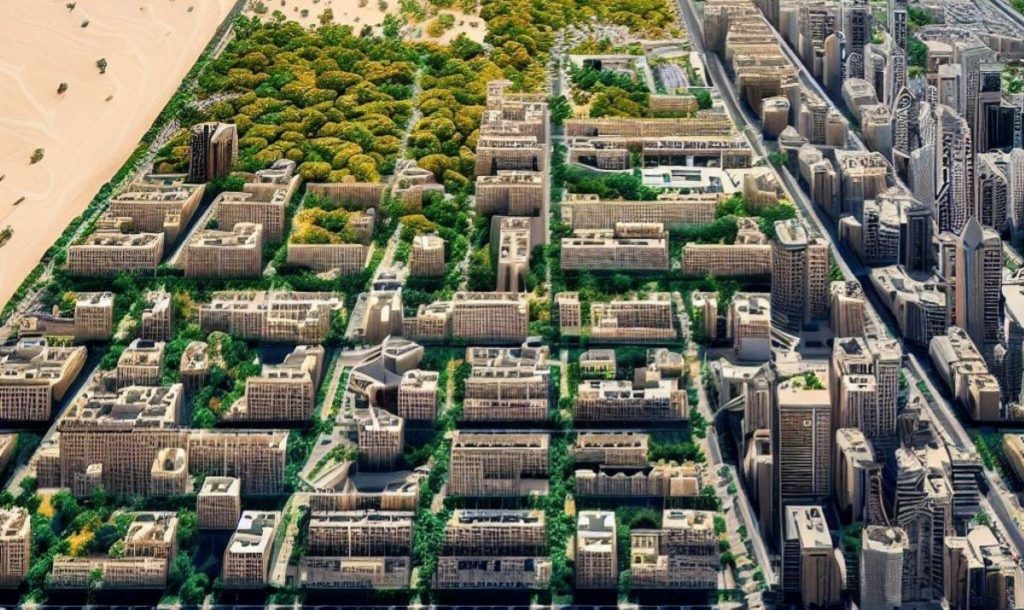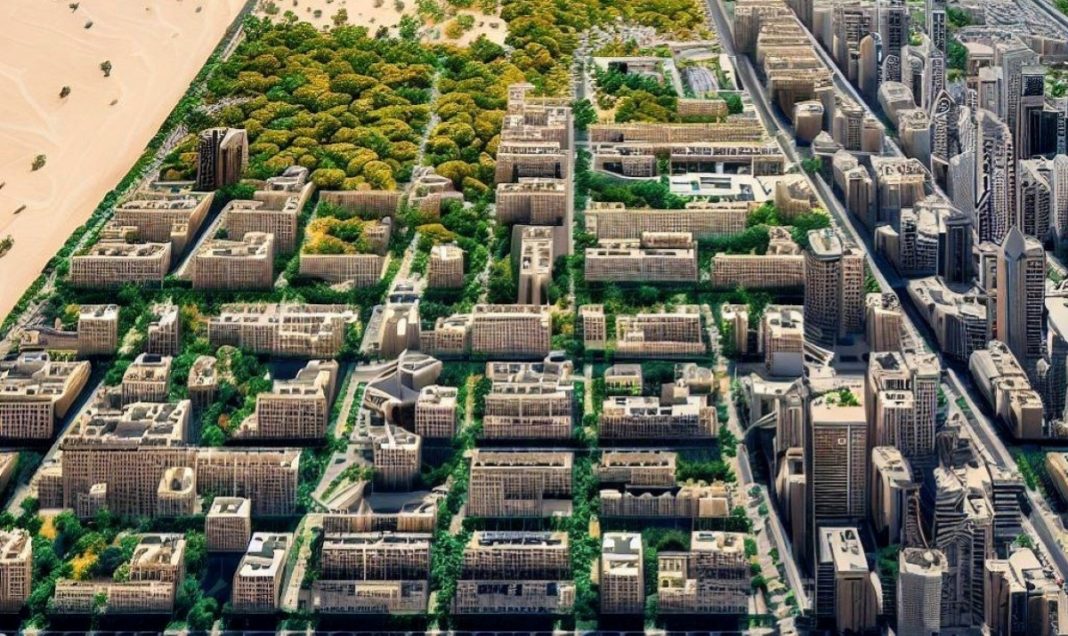Set across 14.8 square kilometers, Sultan Haitham City will be roughly equivalent in size to Beverly Hills — but with almost three times as many residents.

The plan, which was shared exclusively with CNN by the US architecture firm Skidmore, Owings & Merrill (SOM), includes 20,000 homes, as well as a university, schools, health facilities and mosques. It is due to be built on a largely undeveloped site in Al-Seeb, several kilometers west of Muscat.
Work on the project is set to begin next year and will be completed in four stages. The first phase, which runs until 2030, will develop the 5-square-kilometer (1.9-square-mile) city center and six of the development’s 19 planned neighborhoods. The final phase is not scheduled to be completed until 2045.
In a statement, one of SOM’s senior associate principals, Bernhard Rettig, said that Sultan Haitham City’s “smart infrastructure” would be used to “monitor environmental factors such as air quality and water management.” Plans also include a traffic management system that will use “real-time … data from cameras and speed sensors” to reroute vehicles and control traffic flow, the firm added.
The new development is part of Oman Vision 2040, a state-led initiative aimed at — among other things — increasing the use of renewables and reducing the country’s dependence on oil, which currently accounts for more than half of government revenues.
According to the CNN















